To create elegant flower beds and spectacular gardening, gardeners prefer to use unpretentious and at the same time beautifully flowering perennials. A vivid example of such colors is handsome graviles from Africa. Their type - Chilean gravel - is distinguished by a beautiful color and abundant blossom, which made a flower with a pet gardener.
Chilean gravel, description and varieties
Chilean gravel - herbaceous plants for open soil come from Chile. He is a perennial family of pink. In the people, the flower is called Benedictite herb. Culture is grown since 1824.
- The natural range of gravity gravity - shores along rivers, glades near lakes, forest edges.
- The height of the plant can reach 70 cm. Its branched and fragile stem is littered with unsightly unparalleled leaves-rugs of a dark green shade.
- The inflorescences of Chilean gravilate have a yellow or red color depending on the variety. The structure of buds is simple or terry, their diameter from 2 to 6 cm.
- Flowering takes place in the summer (May-June) and lasts up to 60 days. As a result, fruits resembling nuts ripen on escape. Perhaps re-blossom at the end of August.
- Chilean gravel is rapidly growing, unpretentious, without a transplanting grows up to 5 years, prefers solar plots.
Thanks to the bright color of buds, the gravel is planted on the Alpine slides, in Rabata, in open blooming territories. For these purposes, such bright varieties are used:
- Aurelia is a mid-grade hybrid with bright yellow buds. Flowers terry, up to 5 cm in diameter. Blossom begins in May and lasts until the beginning of July. In addition to excellent decorative qualities, owns medicinal properties. Needs shelter.
- Lady Stratheden - a colorful hybrid with rich terry boots of yellow color. A bush lowered up to 35 cm in height, blooms in June-August. The variety is not cold-resistant.
- MRS J.Bradshaw is a chic hybrid with rich-aluminum flowers. Buds semi-grade, up to 4 cm in diameter. Height Kusty up to 60 cm, bloom lasts from June to August.
- Moon valley - high hybrid with unusual golden yellow flowers. Buds terry or semi-world, blooms a plant from May to August. Sort winter-resistant.
- Fireball (Red Dragon) is a beautiful hybrid with the terry colors of the crimson. Flowers abundantly, forming thick inflorescences - panicles. It tolerates frost well.
- Goldball is a modest grade with small yellow flowers. Longly blooms from May to the last days of August. Very uncompressive in care.
Gravist Chilean, Growing
Chilean gravel is mainly grown by a seed basis. You can buy seedlings in the store or sow seed yourself.
For the cultivation of the Chilean gravel, the seeds are sown like this:
- In March, the seeds are seeded into the ground to a depth of 2.5 cm.
- For cultivation, boxes or plastic containers are used, the main thing is that the container has holes in the bottom.
- Tar with sinky seeds are covered with glass.
- For two weeks, the soil moisturizes and ventilate the greenhouse.
- For 14-16 days, shoots appear, glass shelter is removed.
- In May, when the third sheet is formed, seedlings are planted on the flower.
You can also suck seeds directly to the garden.
Sowing seed in spring:
- Early spring soil loose, align.
- Tranches are prepared, observing the distance between them 20 cm.
- Seeds are cultivated by 2 cm, then the top ball of the Earth is equalized by the back side of the robber.
- Then the garden is watered with watering can, but not plentiful. Further, daily, in the evening, the garden is gradually watered.
- After the appearance of a young row, the garden is cleaned from weeds, and the plants themselves are thinned, leaving 5-6 cm between them.
Sowing seeds Senya:
- Seeds seeds under winter, code no risk of heat return, otherwise shoots will appear in the fall.
- The bed is not pre-prepared, it is also not inscribed, since the seeds do not get out.
- The process of sowing seeds is also in the same way as in the spring.
Chilean gravel, landing
Before landing Chilean gravilat, you need to choose the right place and prepare the soil:
- Soil will suit any, with the exception of acidic soils.
- It is recommended to enrich the soil in the landing room of sand to improve drainage and ash to reduce the acidity of the soil.
- It is important to provide a plant with a maximum of sunlight, so the landing is suitable with abundant sunlight. This will allow the gravilant to form many buds and blossoms for a long time. Lacy is also suitable, but without excess moisture.
- You also need to choose a spacious place and abide by the distance between the bushes, since gravel is in need of space for growing. The optimal distance between the bushes is 40 m.
The landing is carried out after the third formed sheet:
- Before planting the soil, feather humus or minerals (N, P, K).
- At the selected area prepared landing pit.
- Drainage must be laid on the bottom, since gravel is not tolerant of moisture.
- A little peat is laid in each pit.
- Then they put the seedlings landing, pour it out and shape if it is very hot weather.
- Blossom comes in the second year.
Gravist Chilean, Care
Gravilat, despite his simplicity and unpretentiousness, needs to be care. Therefore, consider what you need to pay attention.
Watering and fertilizer of Chilean gravel
- Gravilate can carry short-term drought, but the dignitates from the convergence of the soil. Therefore, it is necessary to water it regularly, but moderately.
- In summer, watering increases. If the plant lied a little from drought, it is reanimated by abundant irrigation.
- Gravilate must be fed by mineral complexes with nitroamophos. Checking twice in the season.
- The soil in the attractive circle must be loosened, and once a year to bring wood ash.
The reproduction of Chilean gravel
In addition to the seed method, the Chilean gravel will determine the division of the bush. In such a way, the bush is immediately carried out, and the plant's life extends.
For division, adults and well-cut bushes are used:
- The bush is digging, with a sharp and disinfected knife, separated by 2-3 parts.
- Each of them should have at least two growth kidneys.
- Drainage and handful of humus are laid into the landing pit.
- Then young bushes are planted into the new wells, trying to keep the old landing depth.
- If the division of the bush is carried out in early spring, young graviles will bloom this season.
Winter gravel Chilean
Not all gravel gravel Chilean winter-hardy, so the plant is covered for the winter. The baking material is used or built a carpet from fallen leaves. Fabric materials for shelter gravilate are not used.
Diseases and pests of gravilate Chilean
Gravilate is resistant to most diseases. Only occasionally, with irregular watering, the roots of the plant are amazed by rot. The plant digs and carry from the site, and the remaining bushes are treated with fungicide.
It is also possible to reproduce a paouth tick. The pest actively depletes the plant, so at the first signs of disadvantage, the bushes are treated with insecticide.
Chilean Gravist Flower in Landscape Design
Gravilat looks great in long discounts. With their help, you can effectively decorate paths. Or you can grow a carpet lawn from the gravel.
No less harmoniously looks gravilate Chilean in mix bears. The flower can be combined with other long-term cultures by creating a magnificent composition. You can successfully grow gravel with fuchsia, bias, astrams, balsamines, as well as with chrysanthemums and bells.
On the Alpine Gorki, Chilean gravel is ungrained against the background of low-speed irises, carnations, forget-me-not, buzular. Beautifully looks gravel in chaotic landings among stones and elevations.

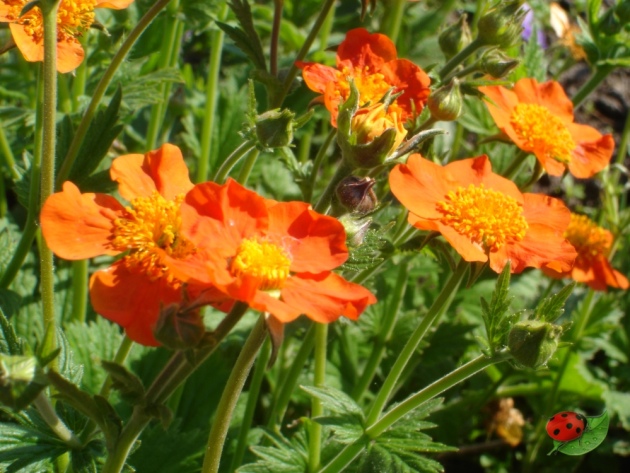
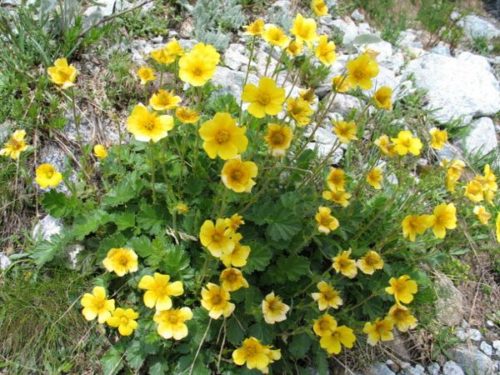
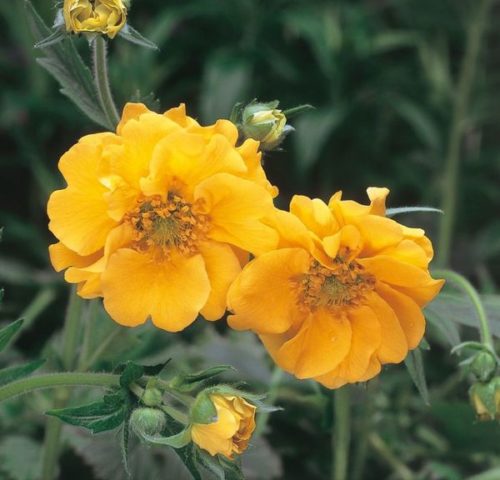
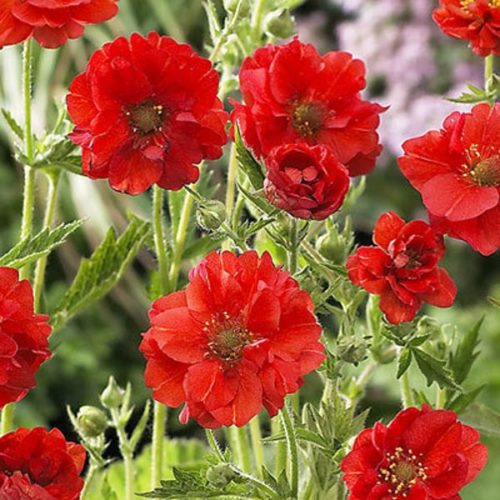
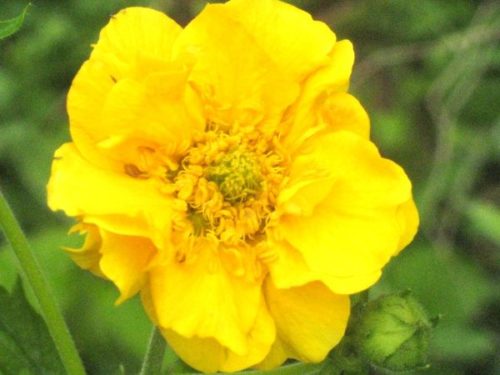
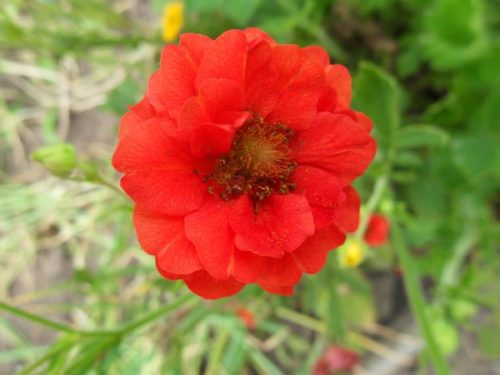

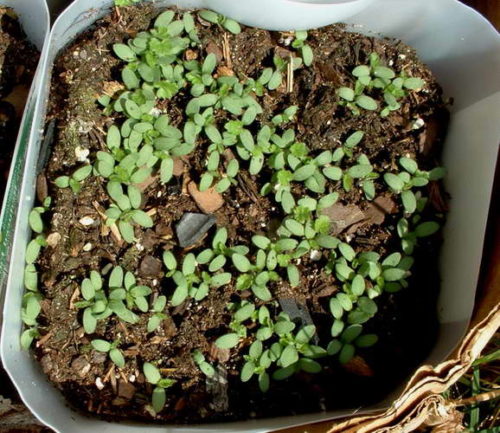

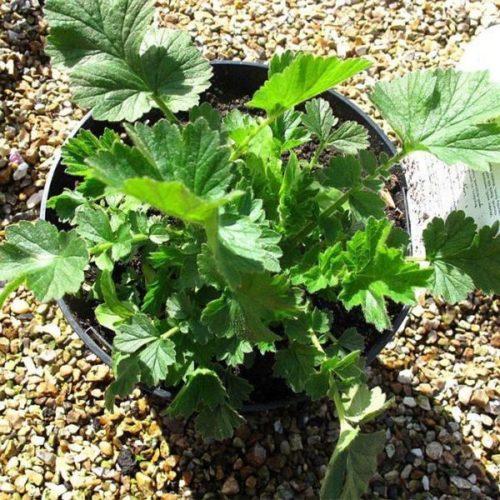
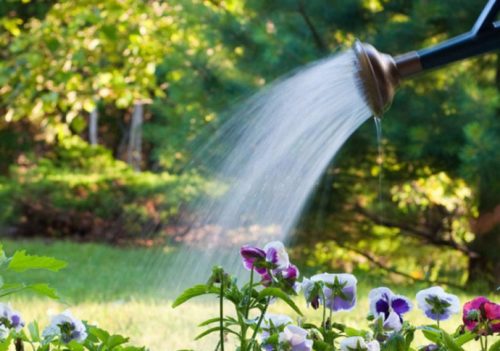
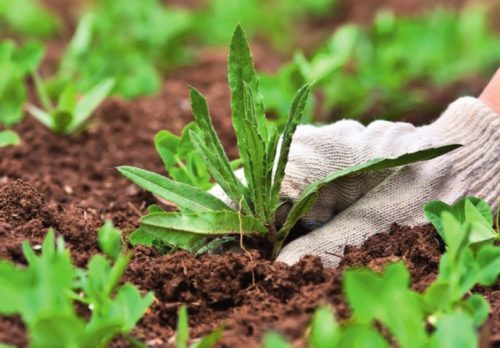
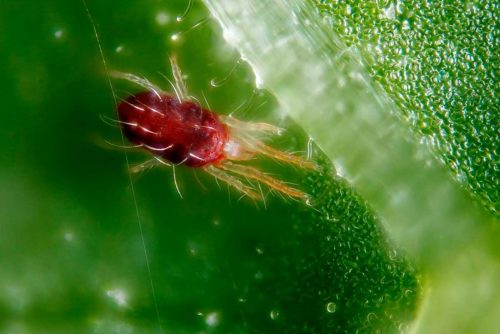
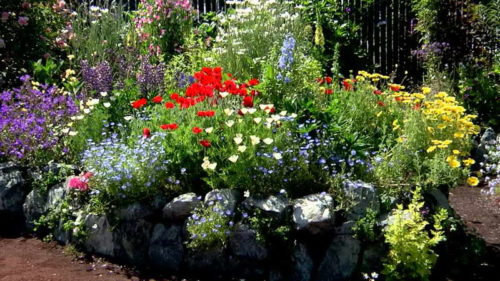
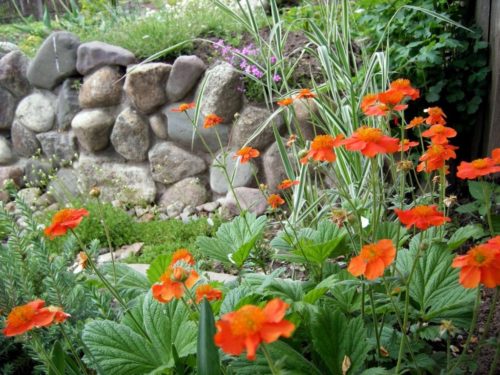

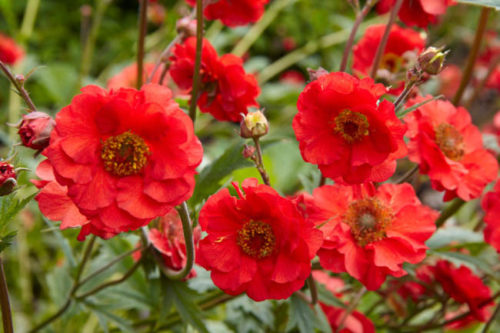
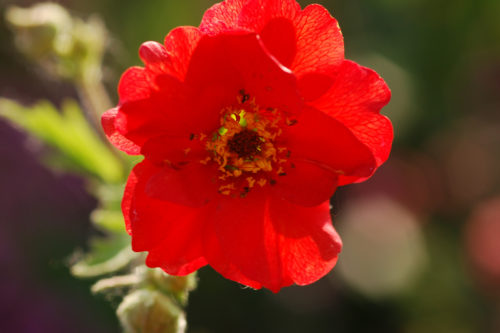
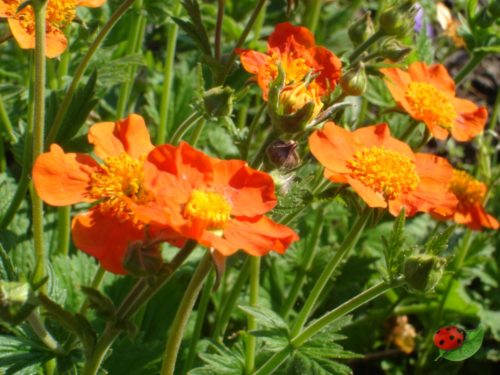












 Start a discussion ...
Start a discussion ...